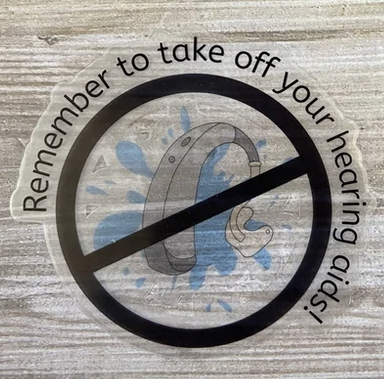The mission of Hearing Health Foundation (HHF) is to prevent and cure hearing loss and tinnitus through groundbreaking research and to promote hearing health.
HHF is the largest nonprofit funder of hearing and balance research in the U.S. and a leader in driving new innovations and treatments for people with hearing loss, tinnitus, and other hearing and balance disorders.
Recent Updates
We found that the aging brain tries to amplify degraded input from the auditory nerve and that amplified responses are associated with poorer brain structure and trouble with speech understanding.
On the eve of this biggest day for charitable giving, you’ve more than likely already heard from many nonprofit organizations. Here’s what makes Hearing Health Foundation stand out.
With Thanksgiving here, we’re feeling especially grateful. Thank you, truly, for being part of our Hearing Health Foundation community, some of whom I was fortunate enough to meet over the summer and fall.
During holiday family gatherings, the signs of hearing loss can become especially apparent.
While working in the clinic I realized how much I loved creating resources for patients—brochures, handouts, visual guides—mostly because I couldn’t find what I wanted online.
Digital hearing tools can act as allies to reduce isolation. Technology has adapted to today’s needs and can help people struggling with hearing loss regain and retain their social connections.
On this Veterans Day and every day, Hearing Health Foundation (HHF) thanks our U.S. service members and veterans for their sacrifices. This group is disproportionately at risk for hearing damage, but earlier this year changes to how tinnitus is rated as a compensable disability were proposed.











The next step in this field is the use of powerful modern sequencing technology in order to map gene activity and gene regulation during hair cell regeneration in fish and birds as well as in mammalian balance organs.